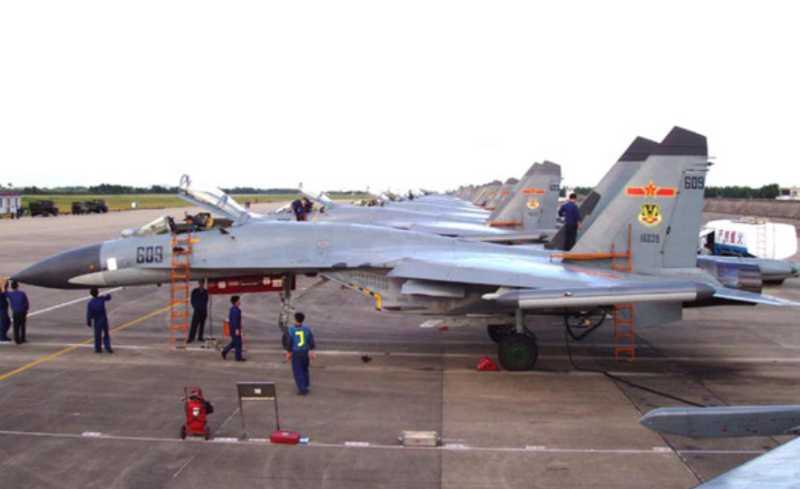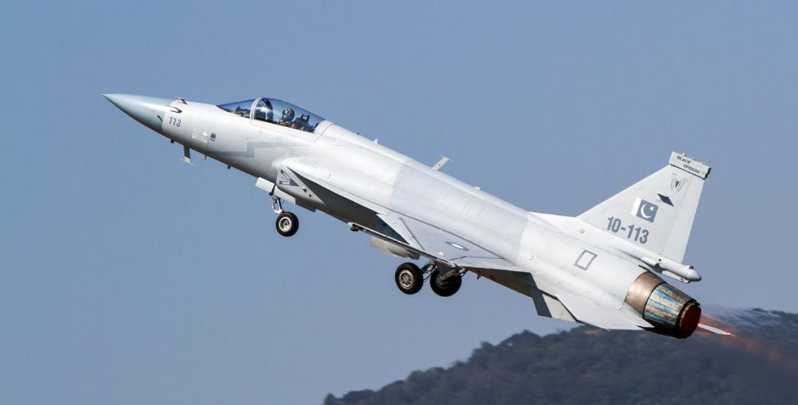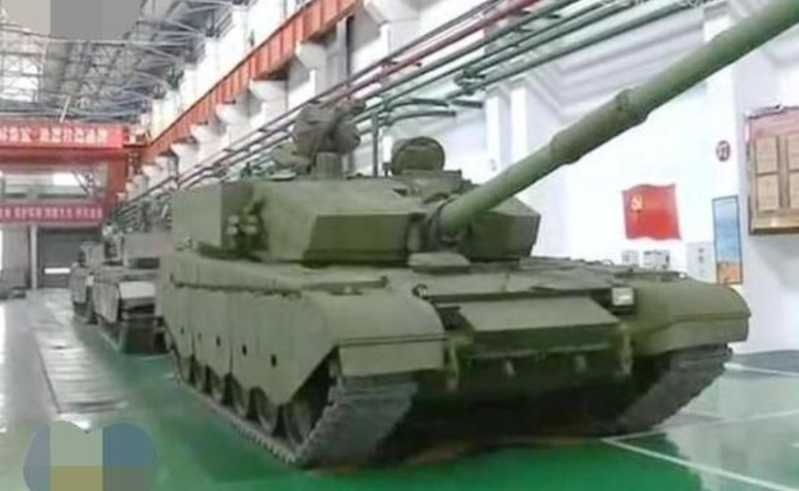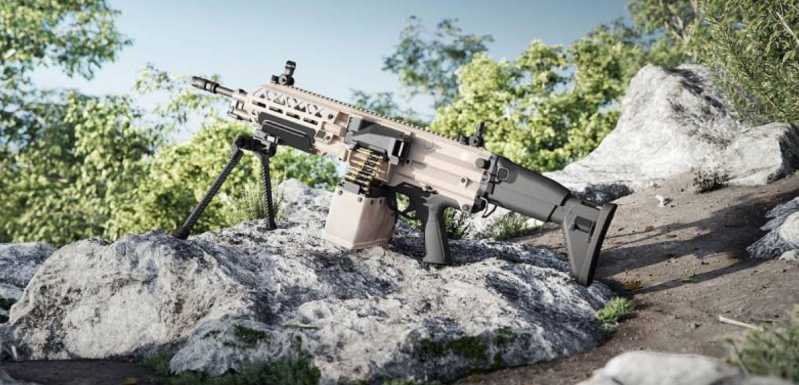In the modern history of the Chinese Navy, there is a famous naval general who experienced the Republic of China Navy, the Anti-Japanese War, and then the founding of the Republic of China. He is Lin Zun.
The road to study
Lin Zun (1905-1979), a native of Tangbian Village, Fuzhou City, Fujian Province, was formerly known as Lin Zhun and Lin Zunzhi. Lin Zun was born in a naval family. His father was Lin Zhaoxi, who served as a naval boat captain and a supervisor of the Navy Electric and Mine School in the Qing government. Since he was the great-nephew of the national hero Lin Zexu, his father often taught him to follow Lin Zexu’s example and be a patriotic person.
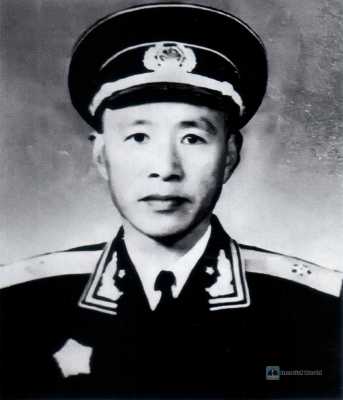
Lin Zun first studied in a private school. At the age of 12, he entered Fuzhou Xicheng Primary School. After graduation, he went to Renzhi Middle School. In 1922, he followed his father to Nanjing Jinling Middle School. After graduation, he entered Yantai Naval School. In 1926, in response to the Northern Expedition, the "New Naval Society" was organized to promote revolution and criticize warlords in the school. Shandong warlord Zhang Zongchang was furious and ordered the arrest of students and closed the school. The next year, the Ministry of Communications of the Beijing government transferred the students of Yantai Naval School to Mawei Naval School in Fujian. In 1928, Lin Zun graduated from Mawei Naval School and was assigned to Nanjing Torpedo Gunnery Training Class as a trainee.
In 1930, Lin Zun was sent to Britain to study naval affairs, and soon transferred to the Royal Naval College in Greenwich, Britain. In 1934, Lin Zun returned to China after completing his studies. He served as a gunner in Ninghai and Hairong ships. In less than half a year, he was transferred to Fuzhou Mawei School as a captain, and soon transferred to the deputy captain of the "Ziqiang Ship". In March 1937, Lin Zun participated in the "Special Envoy to Britain to Congratulate the Coronation of King George VI" as a naval attaché to Britain. In May, he was ordered to go to Germany to receive submarines ordered from the German government. At this time, the "July 7 Incident" broke out in China. Germany, which formed a fascist axis with Japan, began to delay delivery again and again, and finally broke its promise. Seeing that the country was in flames, Lin Zun and his students repeatedly requested to return to China to participate in the war. After approval by the authorities, they set off for home in late May 1939.
The mines bombed warships and dealt a heavy blow to the Japanese army
Because the surface ships of the Chinese Navy at that time had been damaged after several bloody battles with Japan, and the shore artillery was cold and easy to be exposed and attacked by the enemy. Therefore, the "mine warfare" with its concealed and powerful characteristics became the main means of combat for the Chinese Navy to fight against the Japanese invaders at that time.
In January 1940, Lin Zun was ordered to serve as the major captain of the 5th Squadron of the Navy’s Yangtze River Middle Reaches Mine-laying Guerrilla Team. He led his team to be active in the Yangtze River coast of Guichi, southern Anhui, looking for opportunities to lay mines in enemy-occupied areas, launching raids on enemy water transport lines, and dealing a heavy blow to the Japanese army.
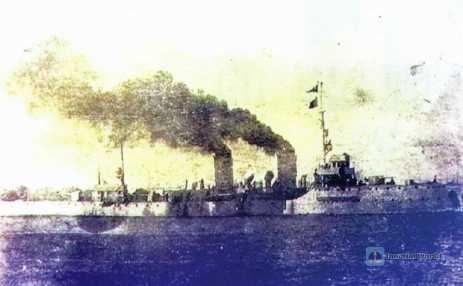
On the night of January 20, 1940, Lin Zun led the 5th Squadron for the first time. He laid 15 trigger mines all over the two rivers in Guichi, sinking an enemy motorboat, killing 13 enemies and injuring 5 enemies. The next day, another large Japanese transport ship was struck by a mine and sank, which greatly boosted the morale of the Chinese. After that, Lin Zun and his team members frequently went out to lay mines, either during the day or at night, or in disguise and sneaking. In order to confuse the enemy’s sight, Lin Zun and his comrades also specially made a kind of iron floating stick to pretend to be a floating mine and placed it in the river together with the real mine. Its style was the same as the part of the floating mine that was exposed above the water, and it was written with psychological warfare propaganda content, making it difficult for the Japanese army to distinguish the real from the fake, and they were unable to defend themselves, and their fighting spirit was also weakened. Due to the remarkable achievements, Chiang Kai-shek, Chairman of the Military Commission of the National Government, ordered the Navy General Headquarters to commend the mine warfare results and mine-laying personnel. In 1940, Lin Zun led his 27-man team to sink Japanese warships, large transport ships and motorboats many times, and was commended by his superiors. He successively won the Class A and Class B Army, Navy and Air Force Medals, the Class A Second Class Guanghua Medal and the First Class of the Army and Navy. Lin Zun and his mine-laying brigade repeatedly dealt heavy blows to the Japanese army, and the Japanese army immediately posted a notice, claiming that the captain surnamed Lin would be rewarded heavily.
Now, this tactic is similar to our army’s guerrillas, but Lin Zun’s team played an unexpected role in the war situation at that time. Due to the frequent activities of the mine-laying team, the Japanese army’s Yangtze River transportation line was almost paralyzed. The commander of the Japanese Navy’s Yangtze River Fleet issued four instructions in May 1940, including "ships and ships are not allowed to travel between Wuhu and Jiujiang at night." There was also revenge. The Japanese army took their anger out on the people in the enemy’s war zone, burned and killed them wantonly to eliminate the base of the mine-laying team, and assembled heavy troops to block the river bank. But the mine-laying team, with the support of the people, still insisted on fighting behind enemy lines.

On September 28, 1941, a thrilling mine-laying battle unfolded on the Yangtze River. That night, Lin Zun led the 5th team to join forces with Cheng Fakan’s 1st team. When they reached the snake-shaped kiln on the south bank of the Qiupu River, a tributary of the Yangtze River, they were intercepted by enemy fire. The mine-laying team broke through the fire net, rushed across the river, and continued to carry the mines forward. On the way, they heard that due to the surveillance and blockade of enemy ships, all the ships in the river had been seized. At this time, Lin Zun and his team members were unwilling to fail, and they still rushed to the riverside regardless of their own safety. Lin Zun said to the team members: "Although there are no boats, we can swim and push the mines into the river to lay them, using our skills and showing our naval skills." After saying that, he jumped into the river first, and the team members followed him one after another, pushing the mines to the middle of the river before calmly laying them on the enemy ships.
After the mine-laying was over, it was already dawn, and the retreat was cut off by the enemy. There was no army or ferry to meet them on the Qiupu River. The mine-laying team was bombarded by the enemy, with 3 casualties, and the rest of the personnel were dispersed by the enemy. Lin Zun and his team sneaked into a nearby cornfield in a hurry and escaped the search of the Japanese army. Fortunately, an old woman found them and gave them food to eat, so Lin Zun and his team survived. Seven days later, Lin Zun and his team escaped from the danger in the courtyard under the cover of local people and returned to the team.
Since the actions of the 1st and 55th mine-laying teams attracted the attention of the Japanese army, the rest of our teams had the opportunity to go out. On the night of September 30, our army laid mines in Huangpan, Guichi, and sank a Japanese motorboat on the same day. The next day, we sank an enemy transport ship and a motorboat.

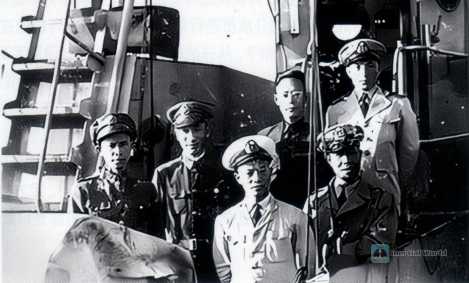
Judging the situation, he led the fleet to revolt
In February 1942, Lin Zun entered the Chongqing National Defense Research Institute for further studies. By the time he graduated in 1944, he was already a naval staff officer of the Military Commission and the Chief of Staff’s Office.
After the victory of the Anti-Japanese War in 1945, Lin Zun was appointed as the deputy naval attaché of the Embassy of the Republic of China in the United States and was promoted to the rank of naval colonel. After arriving in the United States, Lin Zun was transferred to the US Fleet as commander, and led nine warships back to China at the Guantanamo Naval Base in Cuba. In January 1946,
Lin Zun led nine warships, including the Emei, Taikang, Taiping, Yongsheng, Yongshun, Yongding, Yongning, Yongtai and Yongxing, from Guantanamo and arrived in China in July.
In July 1946, according to the Cairo Declaration and the Potsdam Convention, the Chinese government began to organize a large naval fleet, with Colonel Lin Zun as the commander-in-chief, and began to recover the South China Sea and the South China Sea Islands (including the Xisha Islands and the Nansha Islands) occupied by Japan.
In 1948, Lin Zun was appointed commander of the Second Coastal Defense Fleet, promoted to rear admiral, and stationed in the Yangtze River. At this time, Lin Zun secretly contacted the Chinese Communist Party’s Shanghai agency. On April 23, 1949, Lin Zun led more than 1,200 officers and soldiers of the Kuomintang Navy’s Second Coastal Defense Fleet and 25 ships to revolt on the surface of the Lidoushan River in Nanjing, joined the People’s Liberation Army, and served as the first deputy commander of the newly formed East China Military Region Navy.
In 1955, when the entire army was awarded the first meritorious service, Lin Zun was awarded the rank of Rear Admiral of the Chinese People’s Liberation Army Navy and was awarded the First Class Liberation Medal. In 1979, General Lin Zun died of illness in Shanghai Yihai at the age of 74.
General Lin Zun left a last word before his death: "I have loved the ocean and the navy all my life. Spreading my ashes in the East China Sea is a good death."



